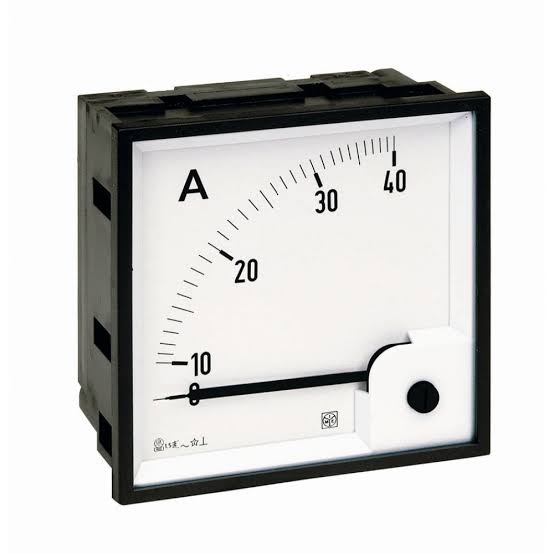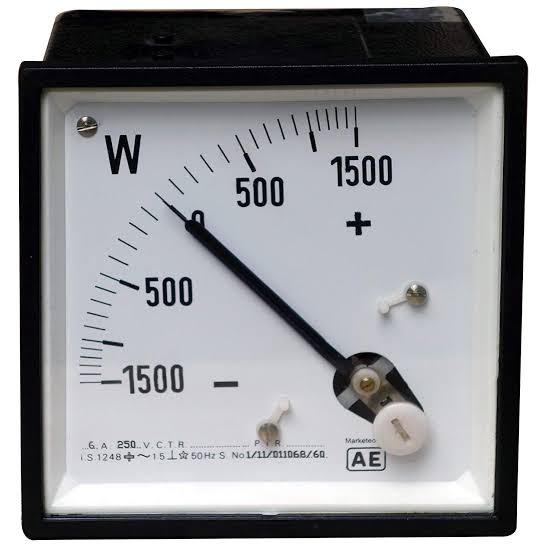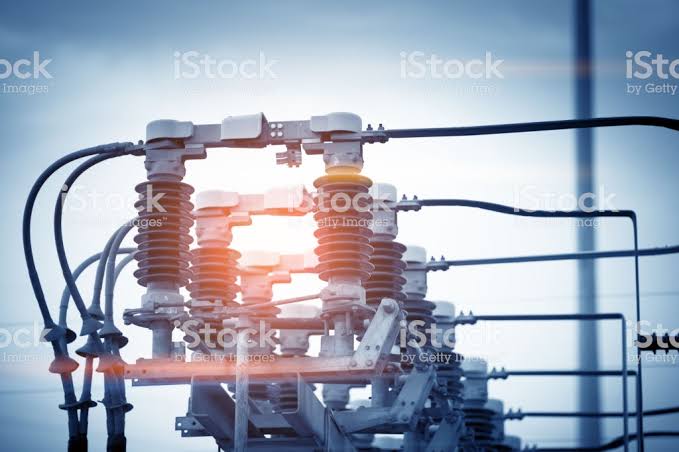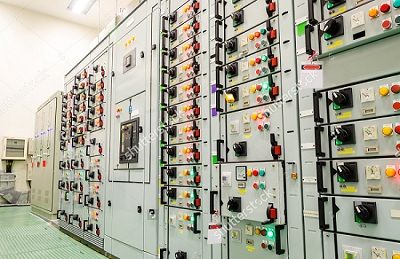What is an Economics of Power Generation?
The economics of power generation has as-sumed a great importance in this fast developing power plant engineering. A consumer will use electric power only if it is supplied at reasonable rate.
Therefore, power engineers have to find convenient methods to produce electric power as cheap as possible so that consumers are tempted to use electrical methods. Before passing on to the subject further, it is desirable that the readers get themselves acquainted with the following terms much used in the economics of power generation :
- Interest
The cost of use of money is known as interest.
A power station is constructed by investing a huge capital. This money is generally borrowed
From banks or other financial institutions and the supply company has to pay the annual interest on this amount. Even if company has spent out of its reserve funds, the interest must be still allowed for, since this amount could have earned interest if deposited in a bank. Therefore, while calculating the cost of production of electrical energy, the interest payable on the capital investment must be included. The rate of interest depends upon market position and other factors, and may vary from 4% to 8% per annum.
- Depreciation
The decrease in the value of the power plant equipment and building due to
constant use is known as depreciation.
If the power station equipment were to last for ever, then interest on the capital investment would
have been the only charge to be made. However, in actual practice, every power station has a useful life ranging from fifty to sixty years. From the time the power station is installed, its equipment
steadily deteriorates due to wear and tear so that there is a gradual reduction in the value of the plant. This reduction in the value of plant every year is known as annual depreciation. Due to depreciation, the plant has to be replaced by the new one after its useful life. Therefore, suitable amount must be set aside every year so that by the time the plant retires, the collected amount by way of depreciation equals the cost of replacement. It becomes obvious that while determining the cost of production, annual depreciation charges must be included.
Cost of Electrical Energy
The total cost of electrical energy generated can be divided into three parts, namely ;
- Fixed cost ;
- Semi-fixed cost ;
- Running or operating cost
- Fixed cost
It is the cost which is independent of maximum demand and units generated.
The fixed cost is due to the annual cost of central organisation, interest on capital cost of landand salaries of high officials. The annual expenditure on the central organisation and salaries of high officials is fixed since it has to be met whether the plant has high or low maximum demand or it generates less or more units. Further, the capital investment on the land is fixed and hence the amountof interest is also fixed.
- Semi-fixed cost
It is the cost which depends upon maximum demand but is independent of
units generated.
The semi-fixed cost is directly proportional to the maximum demand on power station and is on
account of annual interest and depreciation on capital investment of building and equipment, taxes, salaries of management and clerical staff.
- Running cost.
It is the cost which depends only upon the number of units generated.
The running cost is on account of annual cost of fuel, lubricating oil, maintenance, repairs and salaries of operating staff. Since these charges depend upon the energy output, the running cost is directly proportional to the number of units generated by the station. In other words, if the power
station generates more units, it will have higher running cost and vice-versa.
techworldfull.blogspot.com














0 Comments